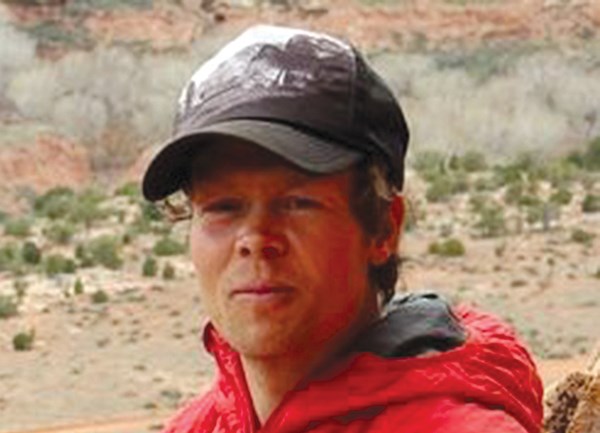We climb rock, snow, ice, hills of dirt, bulges of moss, Cedar trees and shaky walls of Jenga’ed blocks woven together by lichen and sap.
We climb the terrain rising above us, which constitutes nature, existing for its own sole benefit. It exists because it can; because it does.
The mountains exist as one piece of a larger interconnected web of elements that make up the world we inhabit.
We also climb in gyms, on holds bolted or screwed to walls made of the distant raw elements created on the planet Earth.
Can you sniff out the difference between them? One exists as part of the greatest picture we can collectively conceive of - our world. We approach these mountains with our own fears, desires, dreams, insecurities, and doubts in order to play out acts that add to the stories of who we are.
Indoor gyms we construct to physically approximate our bodies moving over those natural elements.
Does that mean there are no dreams being forged or identities strengthened on the indoor bouldering walls? No, even these artificial structures have become a talisman to many a climber’s own stories.
So, what does it mean when a climber starts creating with nature, using natural elements and altering pieces of the world to add to their own stories?
Ever since climbing began, human egos played a role in the motivations for ascents. It’s hard to explain to a non-climber the difference between walking up the back of a cliff to the top, finding a way to the top by discovering a series of holds nature created and finally, using a tool to create holds up that cliff to the top.
The first shows the logical path of least resistance, something people, and even animals do very well. The second illustrates a path of discovery as the climber finds the holds, visualizes a path and finally makes it real by physically climbing those holds to the top. Animals do this too- — think of the precariously balanced mountain goats fearlessly hopping from crumbling ledge to crumbling ledge in the Rockies. In the third scenario, the human’s brain, and most importantly their ego, get involved. They don’t want to simply reach the top so they avoid the trail around the back. They can’t find or use the holds presented to them by the natural world but they feel, as the dominant species, that they should be the first to the top by a new route.
They take their tools because that’s what humans are great at using, and change nature in order to allow them physical access to the top. Animals other than humans can’t use this option. Only an animal capable of rational thought and visualizing their future self-image can see the perceived rewards in altering nature for their own ends.
Climbing ethics are a big part of how the activity has been shaped over time. While there’s no way to prove this, the “rule” of taking Nature as it presents itself to you probably came from climbers in the UK. There, with a limited amount of rock and lots and lots of climbers, it became increasingly obvious that preserving their limited resource would increase the longevity of the activity. However, this way of thinking is becoming increasingly unpopular as new generations of climbers take the gym-bred mentality of ‘reaching the top is my right and the end of my workout’ beyond the gyms and onto the cliffs and walls of the world.
With each route or boulder problem that receives altering at the hands of a climber, the uniqueness of climbs that are a series of natural features in the rock that a climber has woven together through creativity and hard work diminishes. It’s a crying shame.
Renowned Tyrolean alpinist Reinhold Messner once used the term, “murder of the impossible” in an essay to describe the use of drilled bolts to increase safety and ensure success on blank faces.
Some have stepped beyond this now, creating holds where none existed before. Leave your egos at home, at your workplace or in your shed when you next head to the crags and boulders. That’s my opinion, and I’m sticking to it.




